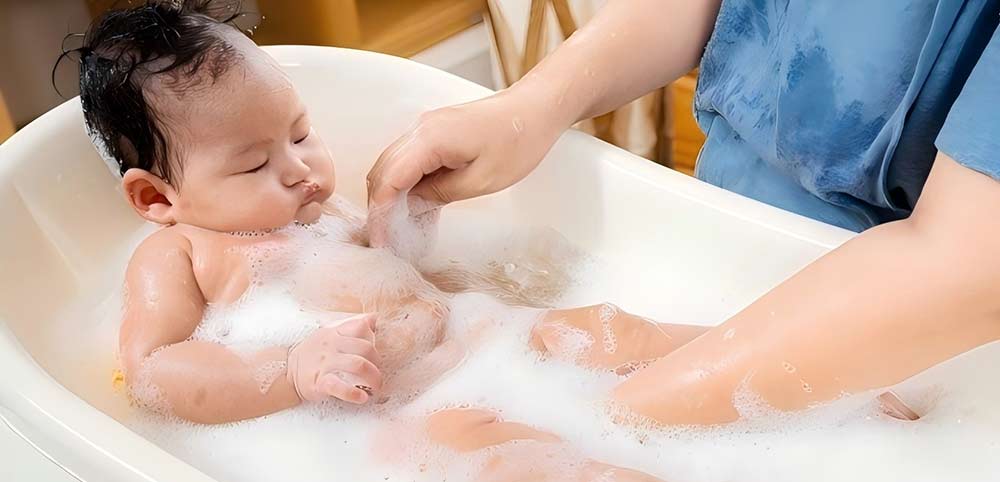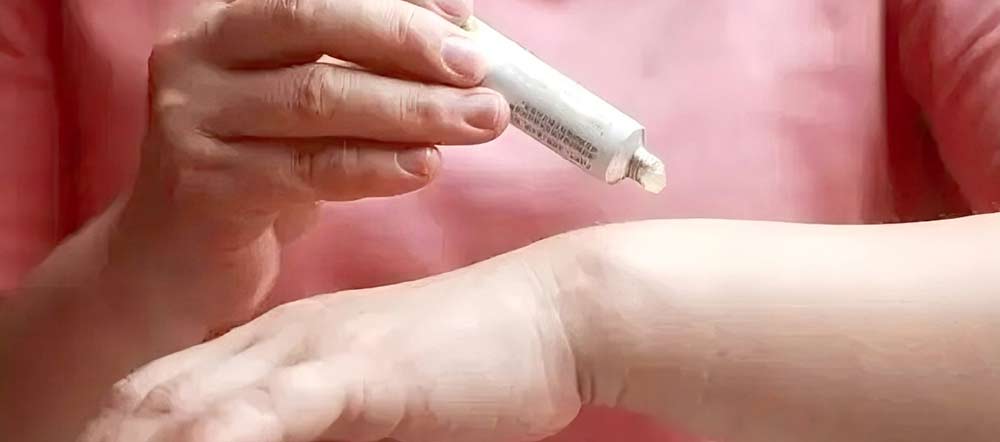Sodium isethionate (Chemical name: Sodium 2-hydroxyethanesulfonate) , with the unique chemical substance identification number CAS 1562-00-1, is a structurally stable and mild organic sulfonate compound, which has significant applications in multiple industrial and civilian fields. With its low irritation, good compatibility and specific chemical activity, it has extensive and important applications in personal care, medicine, chemical synthesis and other fields. Its specific uses can be classified into the following categories:
1. Personal care and daily chemical fields: Core surfactant raw materials
This is the main application field of sodium isethionate. The core value of Sodium isethionate lies in its role as a synthetic precursor for mild surfactants, especially in the preparation of cleaning and care ingredients with extremely low irritation to the skin and mucous membranes, meeting the demands of high-end daily chemical products for sensitive skin and infant care.
Synthesis of sodium acyl hydroxyethyl sulfonate (AES-Na) : This is a key application direction for sodium isethionate. Sodium isethionate can undergo acylation reactions with fatty acids (such as coconut oil fatty acids, stearic acid, etc.) to form sodium acyl hydroxyethyl sulfonate. This product is a typical anionic surfactant, featuring excellent foaming, cleaning and biodegradability. Moreover, its damage to the skin barrier is far less than that of traditional sulfate-based surfactants (such as sodium dodecyl sulfate SDS), and it is widely used in products such as infant shampoo and body wash, facial cleanser for sensitive skin, mild toothpaste, and foaming hand sanitizer.
Direct use as a conditioner or solubilizer: In some hair conditioners and skin care products, sodium isethionate can be directly added to assist in skin conditioning and improve the skin feel of the product. At the same time, it can also increase the solubility of other active ingredients (such as plant extracts and vitamins) in the formula and enhance the stability of the product.
2. Pharmaceutical field: Pharmaceutical excipients and intermediates
Due to its excellent biocompatibility and low toxicity, Sodium isethionate is mainly used as a pharmaceutical excipient in the pharmaceutical industry, and in a few cases, it is also used as an intermediate in drug synthesis.
Topical medication excipients: Sodium isethionate can be used as a solubilizer, stabilizer or pH regulator in topical ointments, gels, lotions and other preparations, helping the active ingredients of the drug dissolve and remain stable, while reducing the irritation of the drug to the skin and enhancing the safety of medication. In oral care drugs (such as oral ulcer gel), Sodium isethionate can also help improve the medication experience by virtue of its mild nature.
Drug synthesis intermediate: Sodium isethionate can participate in the synthesis process of some antibiotics and anti-inflammatory drugs. Through the chemical activity of its sulfonate group, it regulates the molecular structure of drugs and optimizes key properties such as water solubility and bioavailability of drugs.
3. Chemical engineering and other industrial fields
In the electroplating industry, sodium isethionate, as an additive in electroplating solutions, can form stable complexes with metal ions, improving the uniformity and gloss of the coating and reducing coating defects (such as pinholes and peeling). sodium isethionate is particularly suitable for the electroplating process of precision electronic components.
In the textile industry, sodium isethionate can be used as a dyeing assistant or leveling agent in the dyeing and finishing processes of textiles, enhancing the adhesion of dyes to fibers and the uniformity of dyeing. At the same time, it reduces damage to fibers during the dyeing process and maintains the soft hand feel of fabrics.
In the laboratory and scientific research field: sodium isethionate is commonly used as a buffer component in chemical synthesis or for preparing specific ionic liquids and functional polymer materials, providing basic raw material support for research in fields such as materials science and analytical chemistry.
Is sodium isethionate safe?
Sodium Isethionate (CAS 1562-00-1), as a raw material widely used in personal care, medicine and other fields, has seen its safety verified through multiple toxicological studies and industry practices. Overall, it presents the characteristics of low risk and high safety. The core safety feature of sodium isethionate lies in its low irritation, which is also the core reason why it can be used in infant and toddler daily chemical products and sensitive skin care products. From the perspective of environmental impact, sodium hydroxyethyl sulfonate has excellent biodegradability and will not cause long-term cumulative harm to the ecological environment.
Sodium isethionate is extremely safe under normal usage scenarios (with purity and recommended concentration meeting industry standards), and poses no significant health or environmental risks. Sodium isethionate should be noted that the safety of sodium isethionate is based on “compliant raw materials” and “correct application” : Sodium isethionate is recommended to purchase from qualified suppliers (ensuring purity ≥98%, no heavy metal or impurity residues), and control the addition amount according to the formula requirements of different fields. Avoid using unpurified industrial-grade crude products, and in this way, the advantages of “safety + functionality” can be fully exerted.
Post time: Sep-08-2025




